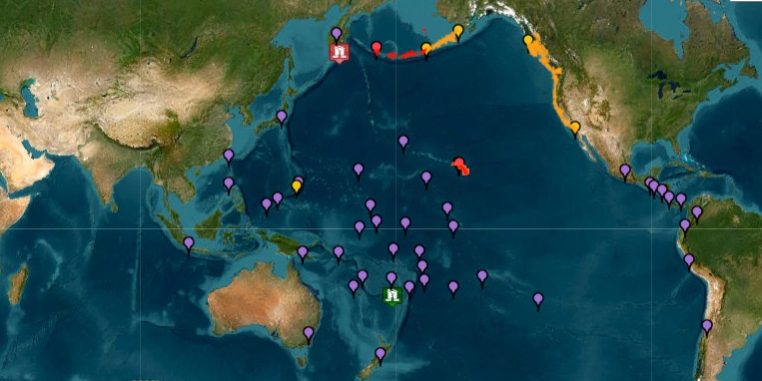Panic swept through Koriovuku village in Rannogah, Western Province, on Wednesday evening after misinformation about a tsunami warning rapidly circulated amongst villagers.
The confusion began around 6:40pm when a villager claimed to have heard a tsunami warning broad-casted via the Solomon Islands Broadcasting Corporation (SIBC).
The news spread quickly throughout the community, sparking fear amongst villagers.
Speaking to Solomon Star, local resident Christopher Pondokolo described the chaotic scenes that followed.
“People started panicking. The message reached everyone, including children. Over 400 families grabbed their belongings and rushed to the hills,” he said.
Some villagers reportedly fled more than a kilometre from their homes up in the hill, fearing the worst.
Pondokolo said, even a baby just a few weeks old was among those evacuated to higher ground.
“An elder from another village who came to buy torch batteries told me that nearly the whole village was on the move. I witnessed people carrying mats, bags, and valuables up to the hills,” he added.
While some believed the warning came from the Meteorological Service, others claimed it was relayed through SIBC.
The source of the misinformation remains unclear.
It was revealed that someone from the villages has misinterpreted the message from SIBC which has caused misinformation.
Later in the evening, around 7:30pm, a concerned relative contacted an officer at the Solomon Islands Meteorological Service, to verify the warning.
The Officer confirmed that no official tsunami warning had been issued and that an earlier tsunami advisory was being considered for cancellation.
Despite the clarification, many villagers remained on higher ground throughout the night, choosing to stay alert.
It was early Thursday morning all the families returned back to their homes with all their belongings.
In April 2007 Solomon Islands earthquake hit 8.1 magnitude and Tsunami hit part of Western Province.
That experience remained fresh for many of the villagers.
Rannongah Island experienced dramatic geological changes, with parts of the island rising by up to three metres (approximately 10 feet).
This sudden uplift exposed large sections of near-shore coral reefs above sea level, drastically altering the island’s coastal environment.
The event had a profound impact on local ecosystems and disrupted the livelihoods of many residents who depend on the reefs for food, fishing, and other resources.
By ULUTAH GINA
Solomon Star, Gizo









